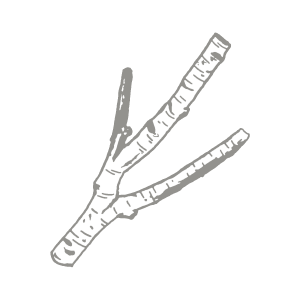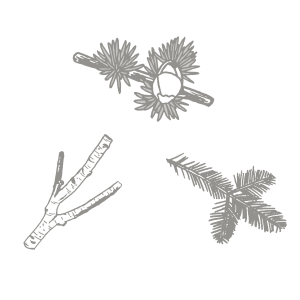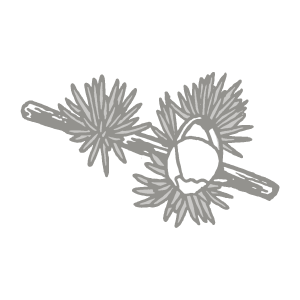Current Acts of Resistance

As demonstrated through the historical and present-day state of affairs, First Nations, Métis, and Inuit communities resisted, and continue to resist, colonial oppression. They have fought against colonial expansion onto traditional territories from the time of first contact and continue to protect the land against resource extraction, pollution, climate change, and industrial exploitation. Indigenous people have mandated the documentation of historical and contemporary impacts experienced by Survivors of residential schools, illuminating the offences committed by the Canadian government who stole children from their homes to assimilate them to Christian-European ways. First Nations, Métis, and Inuit demanded an inquiry into Missing and Murdered Indigenous Women, Girls, and 2SLGBTQQIA people and continue to push for justice. For hundreds of years, Indigenous children, families, and communities have resisted forced assimilation, treaty agreement violations, and ongoing colonial policies.
Behind these acts of resistance are Indigenous-led organizations, movements, protests, and acts of solidarity that continue to demonstrate the resilience of First Nations, Métis, and Inuit children, families, and communities across Turtle Island. Some examples include: Idle No More, Families of Sisters in Spirit, the Indigenous Environmental Network, and the Unist’ot’en Camp. Historically, resistance has taken many shapes including the American Indian Movement and the Red Power movement. The film, Pow Wow at Duck Lake, demonstrates these historical acts of resistance.

Although the Truth and Reconciliation Commission of Canada propelled Canadians forward into repairing the relationships between Indigenous and non-Indigenous people, many First Nations, Métis, and Inuit continue to fight for basic human rights such as clean water, access to their traditional territories, and equitable health care. This reveals the unsettling truth that colonization is perpetual, delegating the burden onto Indigenous peoples to continue to fight against colonial oppression.

An example of a contemporary act of resistance is the current Wet’suwet’en conflict. The Wet’suwet’en people are protecting their land from the Coastal GasLink pipeline that would cross their unceded territory (unceded meaning that the land was never surrendered to the Crown). In exercising their traditional laws, many Wet’suwet’en land defenders have been met with the same colonial violence experienced since first contact. This forces them to reaffirm their rights and titles to their traditional territories. In 1997, the Supreme Court of Canada recognized the Wet’suwet’en nation’s title to land as an ancestral right in the Delgamuukw Case and, yet, they still fight for their land and culture today.
While the Wet’suwet’en situation is still ongoing, the short film, Invasion (2019), serves as an example of how these conflicts between the Canadian Government and Nations that stand up for their sovereignty repeatedly play out.
As you view the video, consider the role the North-West Mounted Police (NWMP) had in the past and the role the Royal Canadian Mounted Police (RCMP) presently has in opposing the resistance of Indigenous people on their own land.

